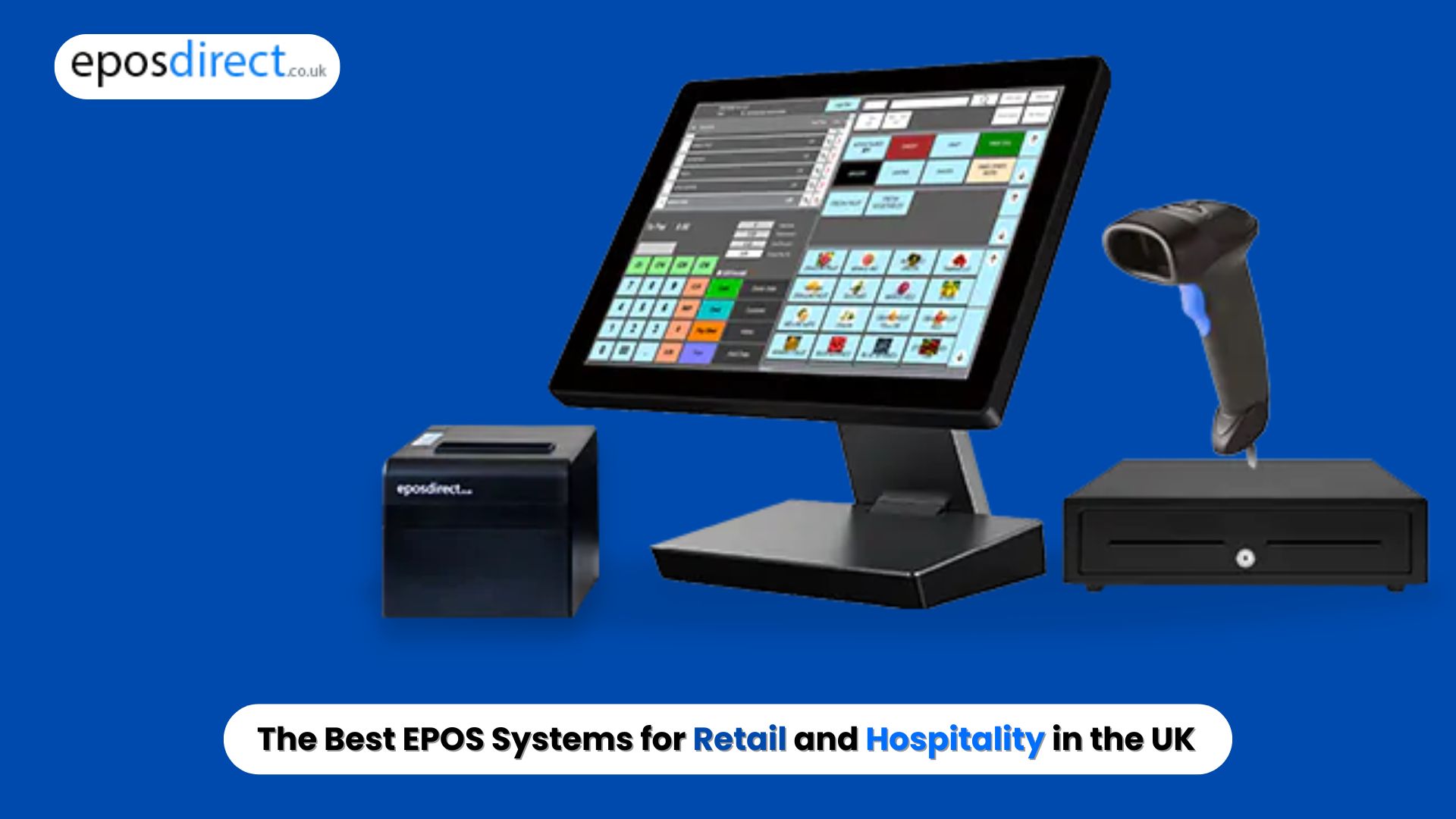We use cookies to make your experience better.
To comply with the new e-Privacy directive, you agree to the privacy policy and our use of cookies
What Is The Need Of Contactless Payments?
How Contactless Works
Prior to the emergence of contactless payments, customers would need to either swipe or insert their card into a POS payment terminal so as to complete a transaction. The disadvantages of these payment methods are as per the following: in terms of security, the less frequently used magnetic swipe cards pose a genuinely high-security risk in that they can easily clone. Also, in spite of the fact that the more modern EMV chip cards are undoubtedly safer, they are slow and can take some time to process payments. But, contactless, as a payment method, is safe and fast.
Contactless cards and cell phone payment systems work using an embedded microcontroller chip with radio frequency identification (RFID). This enables the card or device to connect with a corresponding reader that is also furnished with a similar technology for example a contactless card machine. Thus, to make a payment, the customer simply places their card or cell phone near the RFID reader, which will then receive the encrypted payment data.
The Pros of Contactless Payments
There are two basic advantages of using contactless as a payment method. Firstly, in contrast with the security of past cards, contactless is much more secure. This is because of the fact that not only is the payment data encrypted, but more explicitly because of the fact that the card is always being held by the customer. Thus, the probability of it being lost or stolen is substantially reduced.
Besides, the technology behind this payment method enables it to be incredibly fast. Studies have found contactless payments to be 63% faster than making cash payments, and 53% faster than swiping or inserting credit or charge cards.
The Cons of Contactless Payments
One of the small but important risks posted by contactless payments is hacking. Like any payment method, it is workable for hackers to hack into the security systems of these cards to get to data. However, this is incredibly tough, even for the most equipped hackers.
A second disadvantage that has recently come to light is that if a card is lost or squeezed, offline transactions can still takes place for a period of time afterwards, even the card has been cancelled. But, although it is possible, if the customer has reported the lost or taken card to their bank, these transactions are probably not going to succeed.
Is Contactless Right for your Business?
Whichever you look at it, no payment method is completely risk free. Accordingly, it is critical to balance the small risks posed by contactless payments with the way that it is quick getting one of the most well known payment mechanisms around the world. Presently in the UK, one out of 10 card transactions are contactless and this is only set to rise in the coming years. As a result, customers are beginning to anticipate a variety of payment options should be offered to them, with contactless currently being one of them.
But, how could offering contactless benefit your business? Well, if you are a business that moves with the times, contactless is absolutely something you need to consider. Not exclusively will offering this payment method show that you are a modern and flexible business, but it will eventually provide your customers a more relaxed shopping experience that will be more secure, faster and by and large, more enjoyable.








